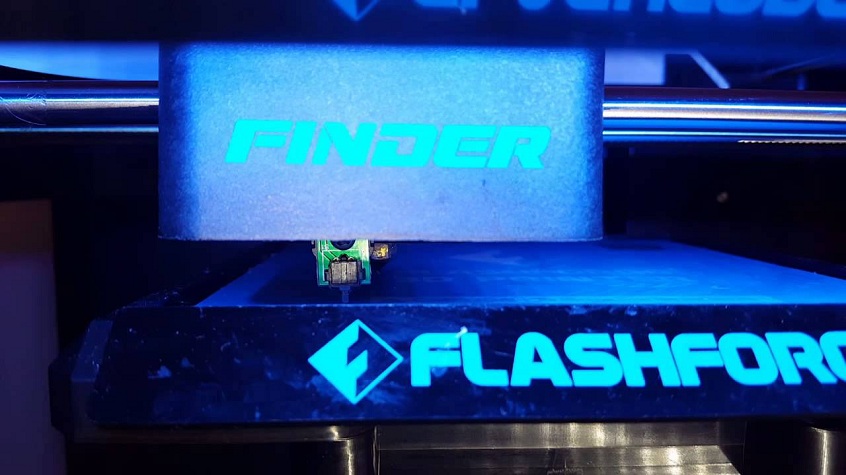
Understanding the Basics of 3D Printing
Have you ever broken something only to find out it’s no longer being manufactured and there’s no way you can replace it? Or perhaps you have a very specific idea for a gift but can’t seem to find anything like it on sale? If only 10 years ago I told you that you could totally print it yourself, you’d call me crazy, but today I’m sure you’d think: Hey, what a great idea. Aren’t we lucky to live in an era when the latest technology of 3D printing allows everyone to create incredibly customized objects that fit specific requirements – from small ornaments, to furniture, shoes, appliances and virtually everything you can think of? Unbelievable!
The popularity of 3D printing has resulted in thousands of different printer models being available on the market, and that number is increasingly growing. You can now buy 3D printer online for less than 3000 dollars, as opposed to a few years ago when 3D printing was only available to the most fortunate few. With the drop in printer prices, today the average consumer can use 3D printing as a fun hobby, or even as an affordable way to launch a small home-based business.
While it might seem complicated at first, 3D printing is an incredibly easy and fast process once you master the basics. With a little technological understanding, everyone can do it. You start by designing a 3D object with the help of a special software that usually comes included when you buy 3D printer online or from a local store that sells them. If you don’t have the time to deal with designing, you can simply download a 3D model of an object from the internet where you can find them in abundance.
Once you press “print”, the 3D printer starts to produce thousands of tiny bits from the bottom-up, layer by layer. The tiny layers stick together into a single solid object regardless if it consists of several different parts. For instance, this way you can print a whole bike with handle bars, a saddle, frame, wheels, brakes, chain and pedals completely assembled without having to produce every single part individually and without the need of any tools. You just need to account for the necessary gaps at the right places in your 3D design.
At the present, 3D printing is unlikely to replace the traditional production line as it has a lot room for improvement before it can match the smooth finish of industrial machines. It also doesn’t offer much in terms of materials. Today, it’s possible to produce 3D printed objects with only a limited amount of materials, such as polyamide, resin, ABS plastic, wax, titanium and the like. But as the case is with most technologies, the 3D printer capabilities will steadily improve resulting in more affordable prices and more opportunities.

